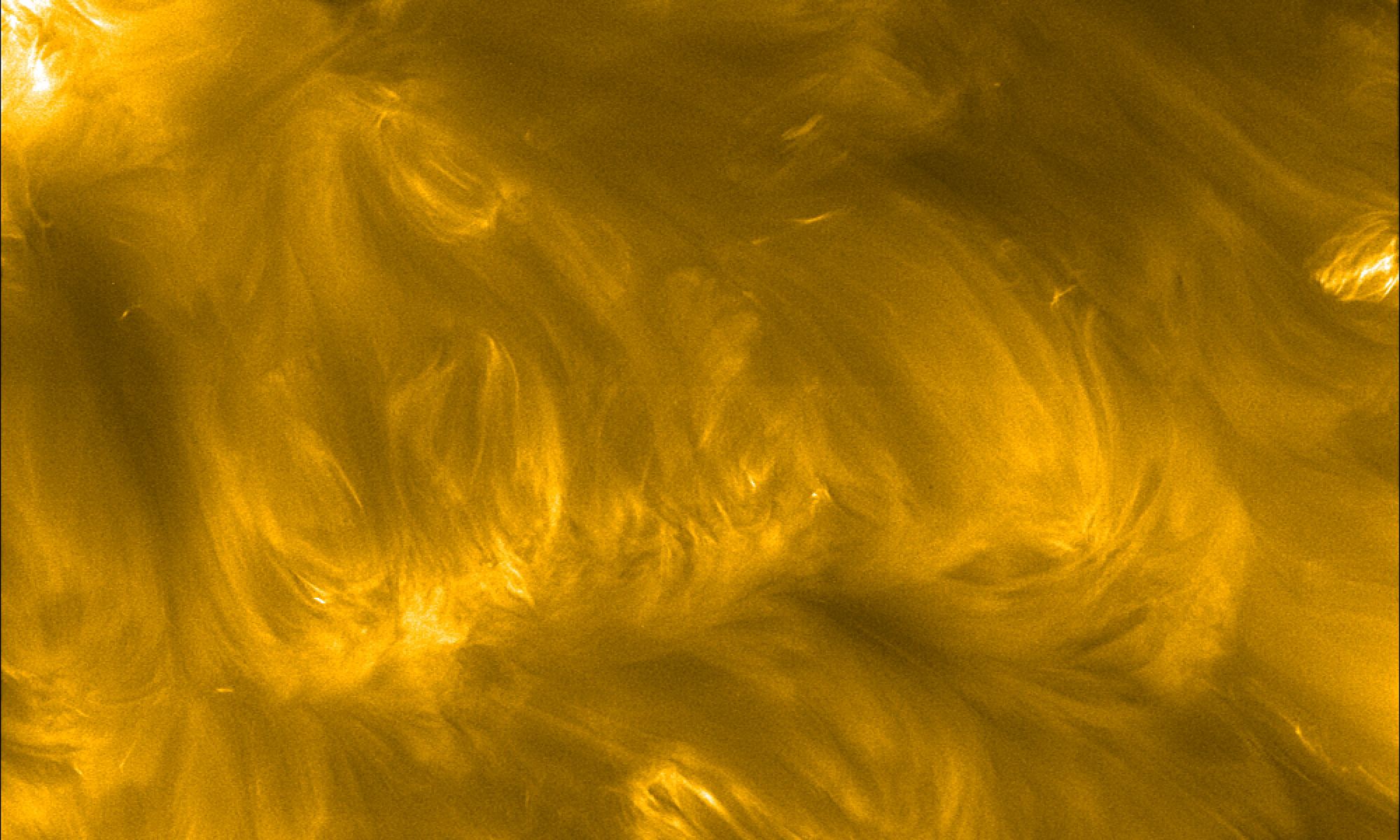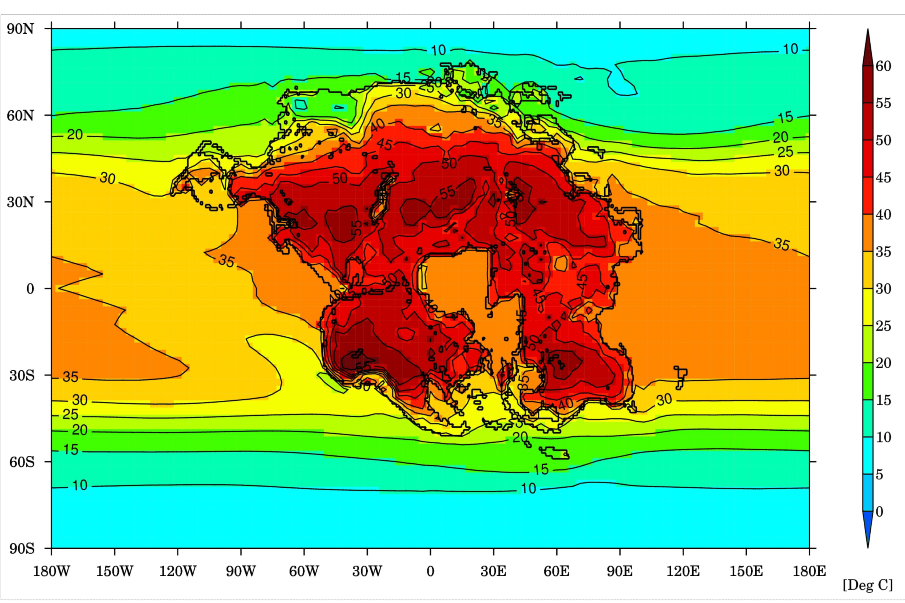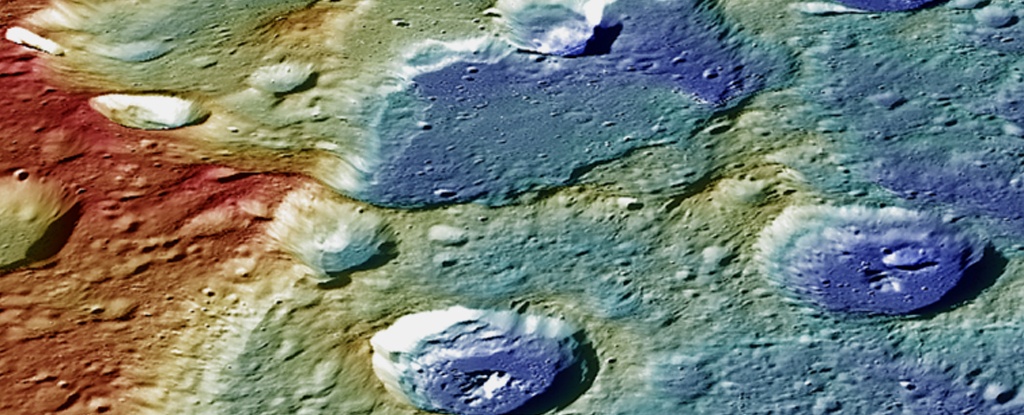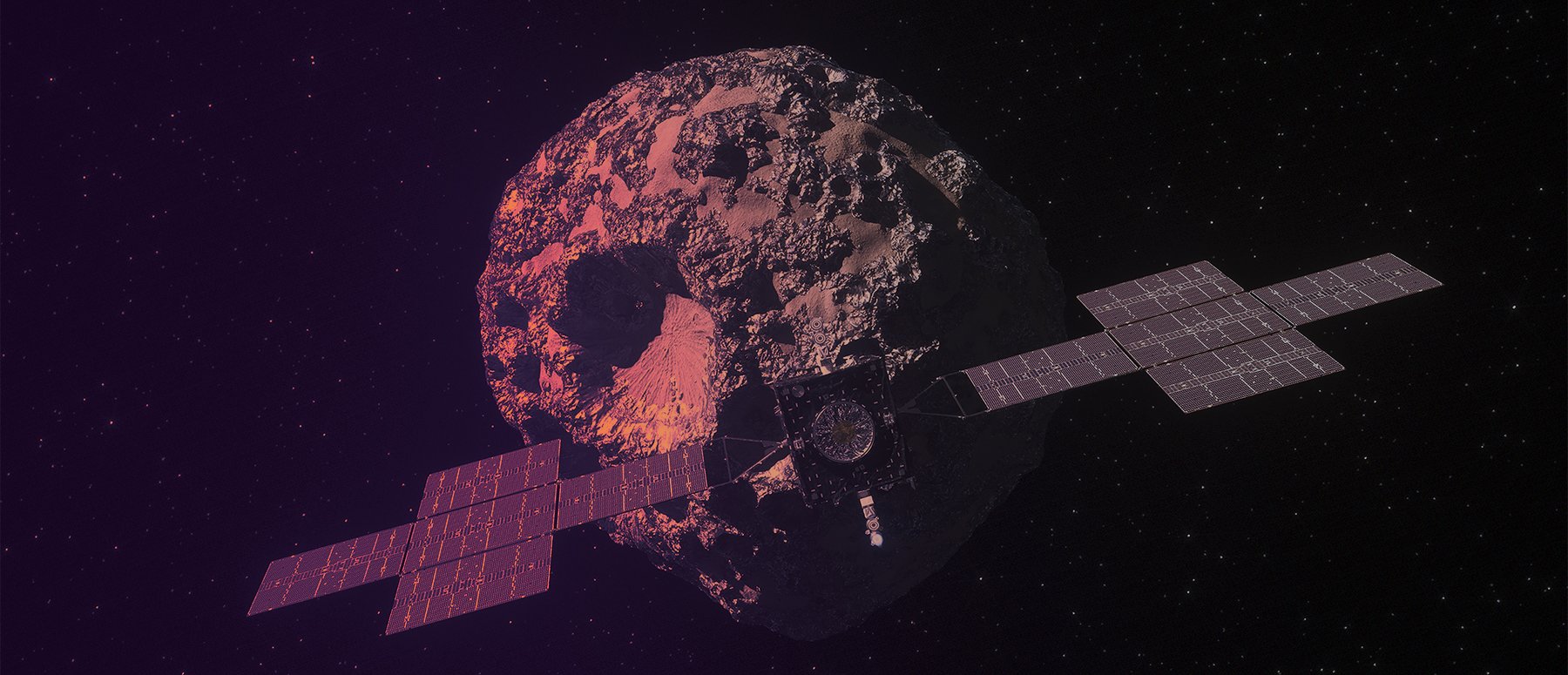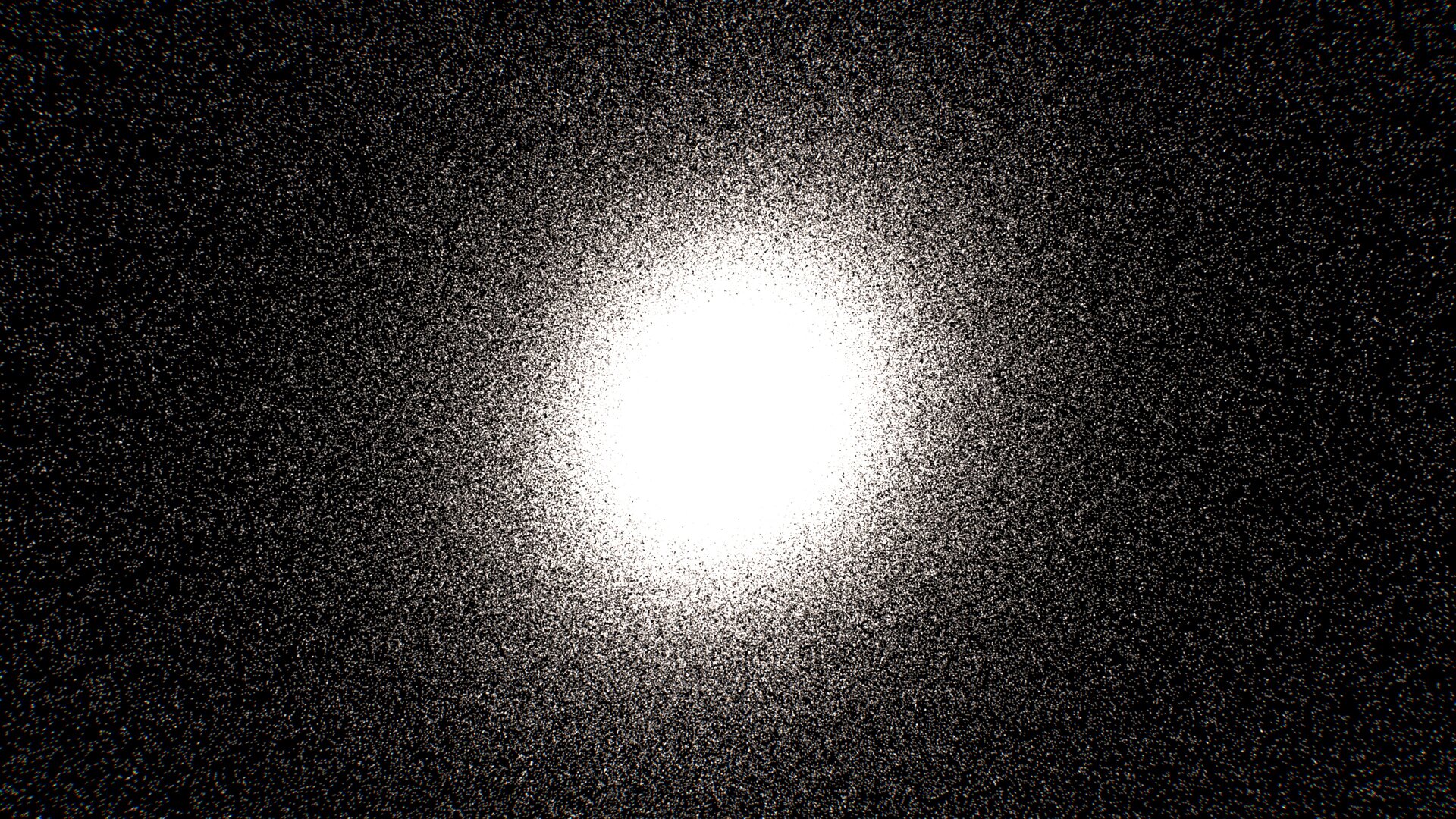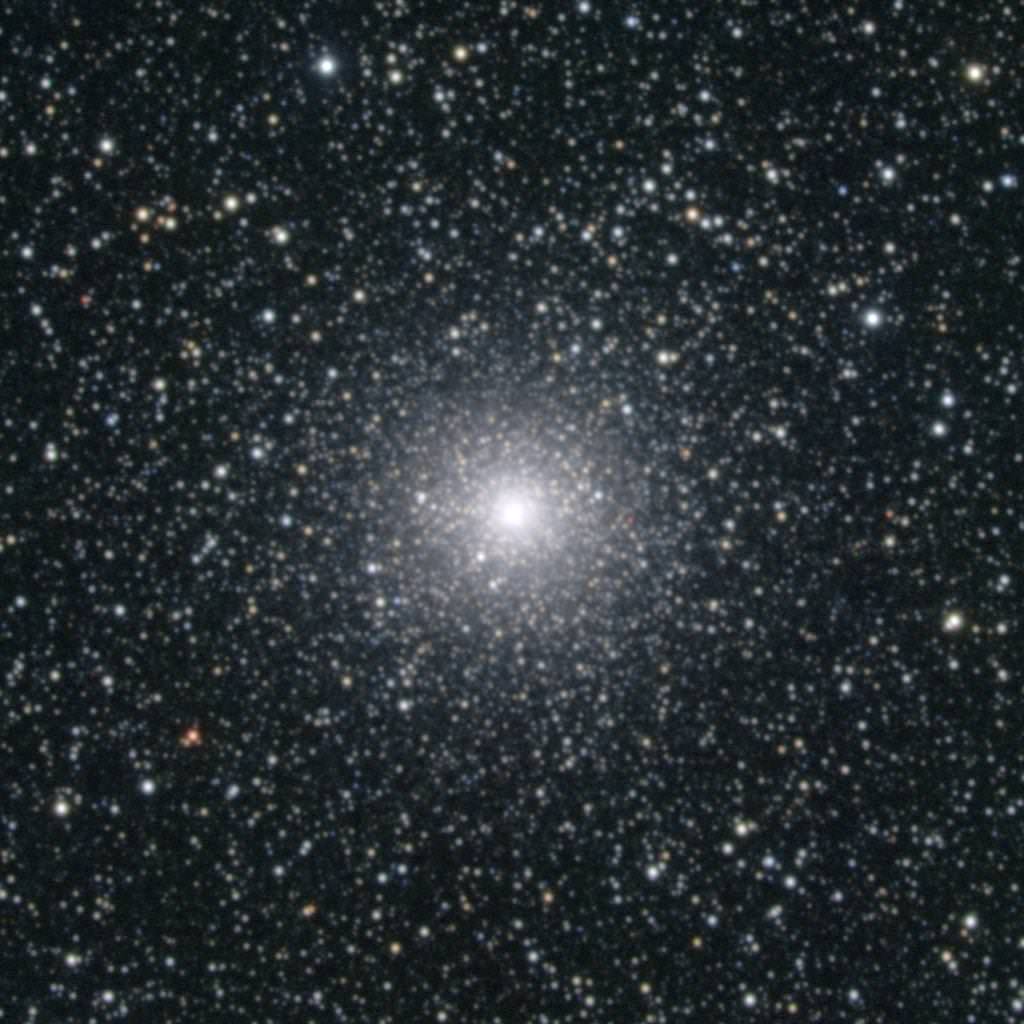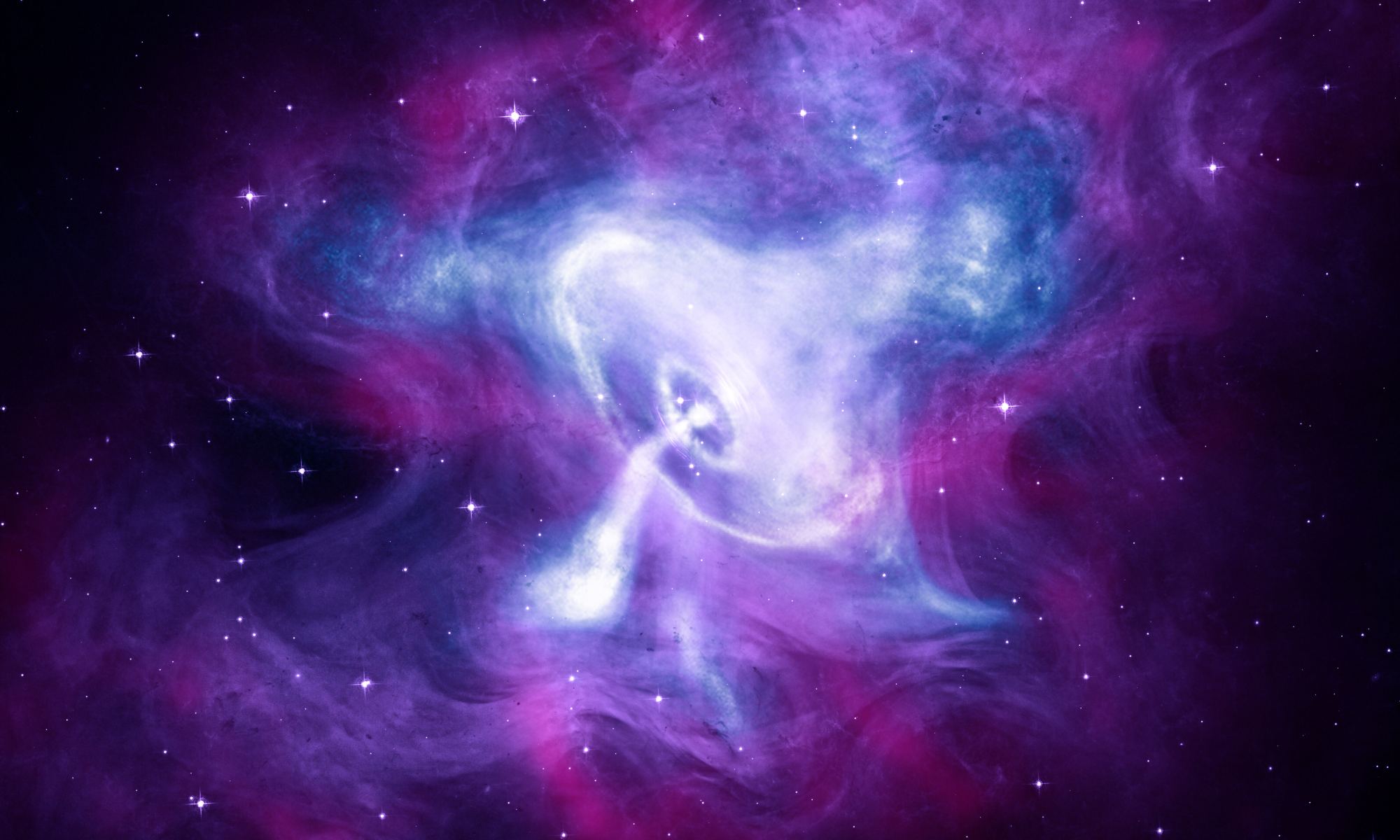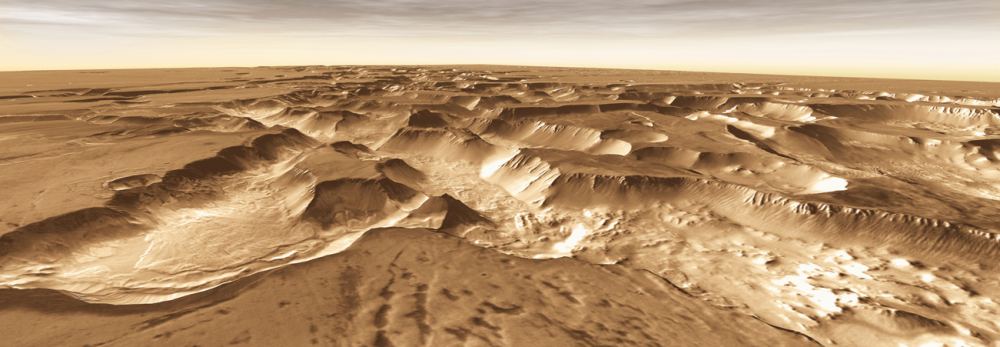The Kuiper Belt, the vast region at the edge of our Solar System populated by countless icy objects, is a treasure trove of scientific discoveries. The detection and characterization of Kuiper Belt Objects (KBOs), sometimes referred to as Trans-Neptunian Objects (TNOs), has led to a new understanding of the history of the Solar System. The disposition of KBOs is an indicator of gravitational currents that have shaped the Solar System and reveal a dynamic history of planetary migrations. Since the late 20th century, scientists have been eager to get a closer look at KBOs to learn more about their orbits and composition.
Studying bodies in the outer Solar System is one of the many objectives of the James Webb Space Telescope (JWST). Using data obtained by Webb’s Near-Infrared Spectrometer (NIRSpec), an international team of astronomers observed three dwarf planets in the Kuiper Belt: Sedna, Gonggong, and Quaoar. These observations revealed several interesting things about their respective orbits and composition, including light hydrocarbons and complex organic molecules believed to be the product of methane irradiation.
Continue reading “JWST Observes the Kuiper Belt: Sedna, Gonggong, and Quaoar”

